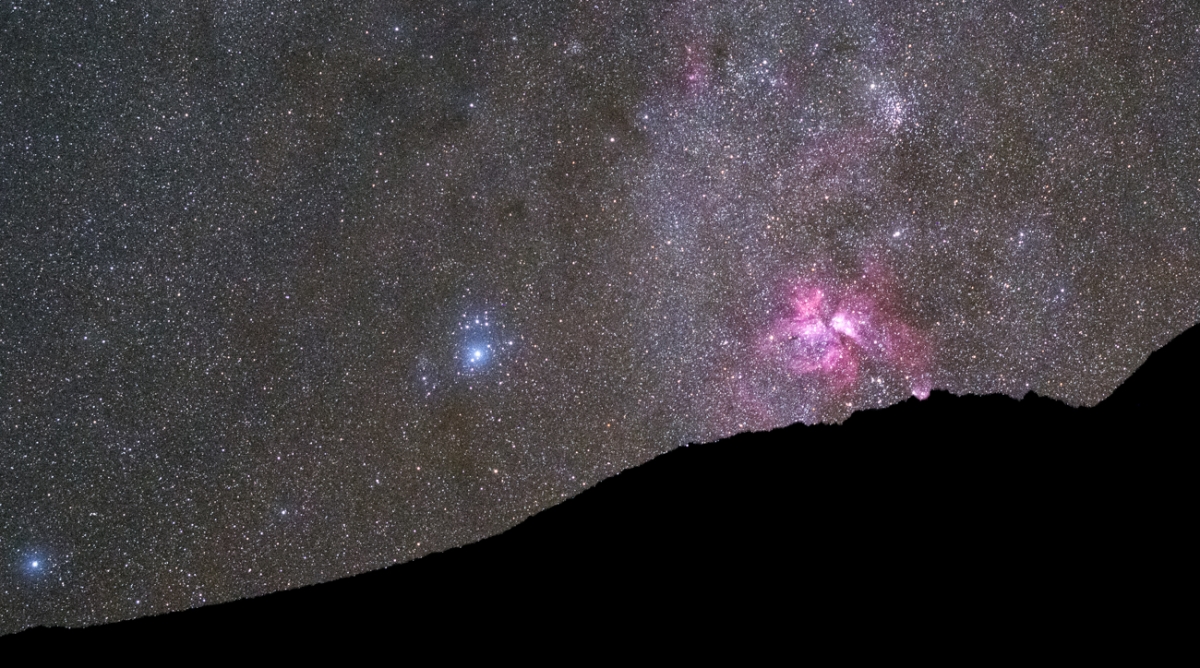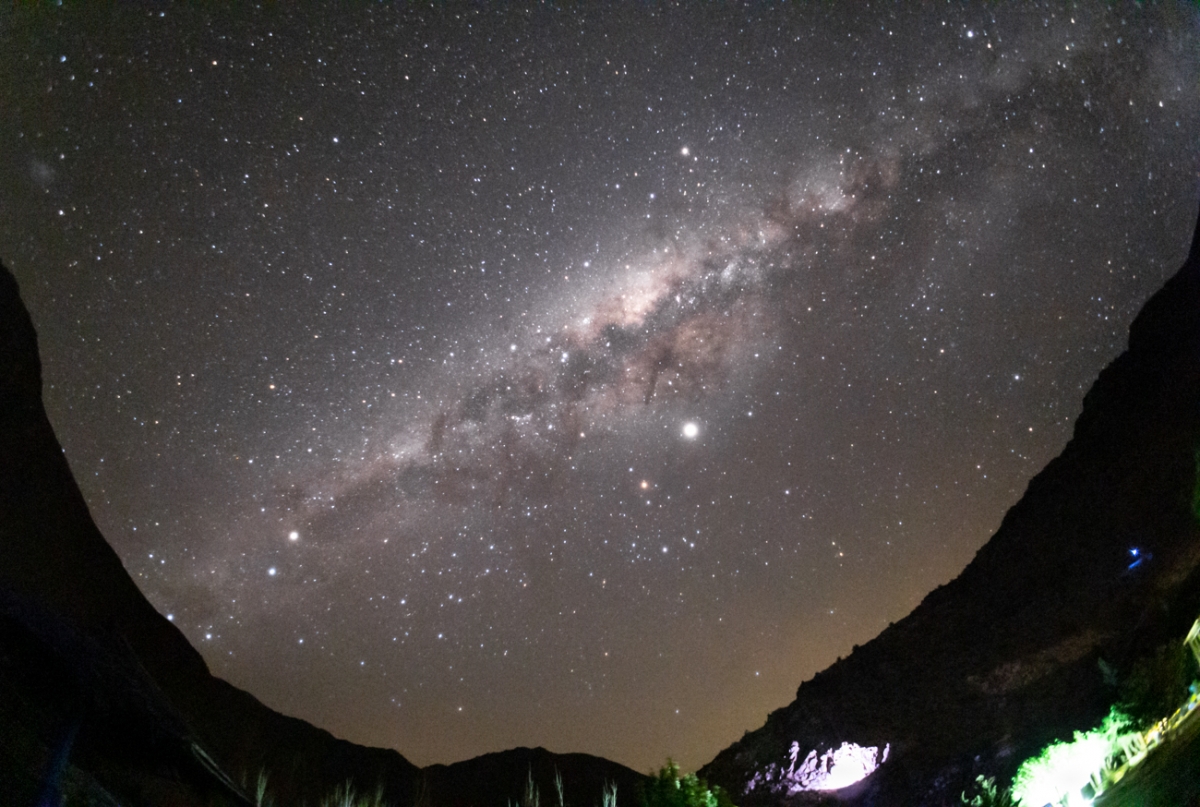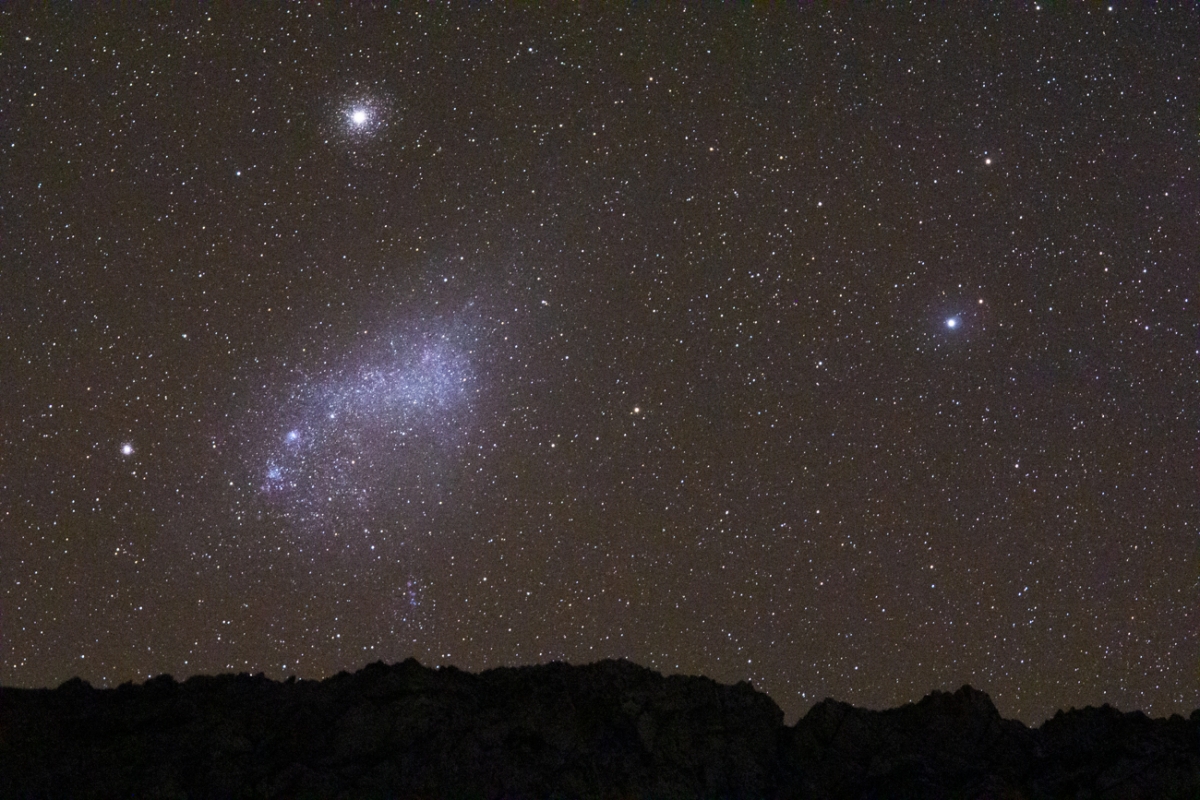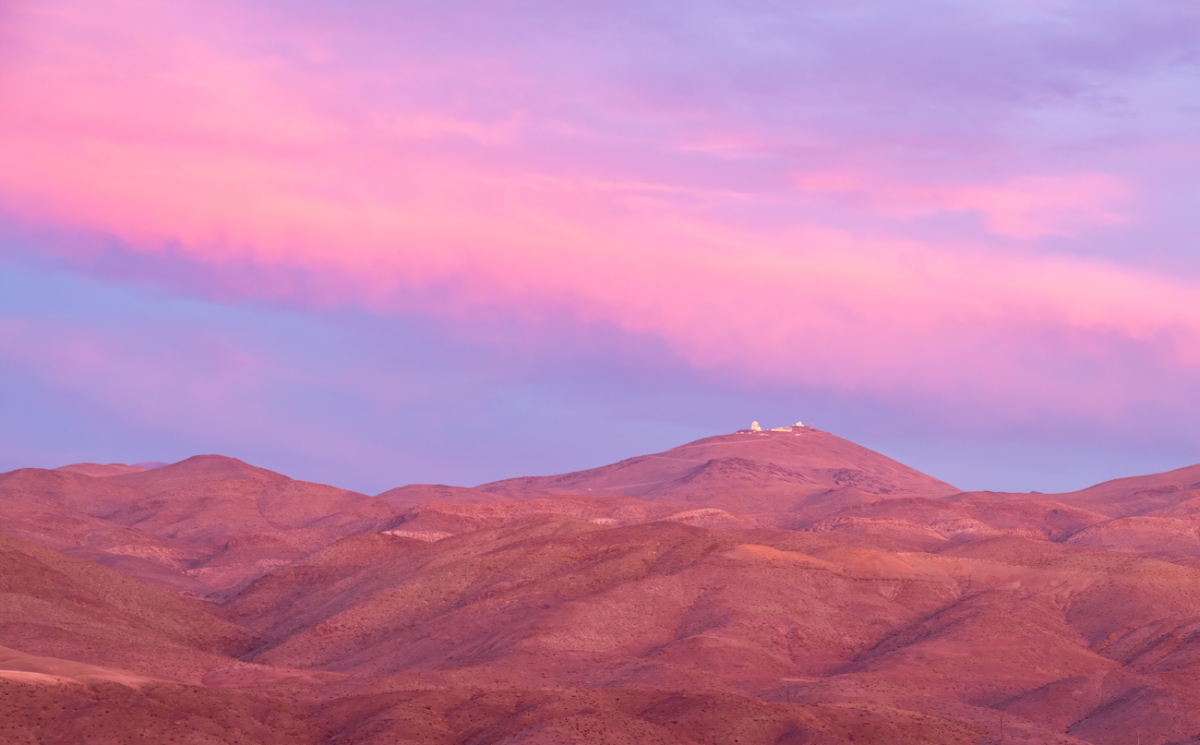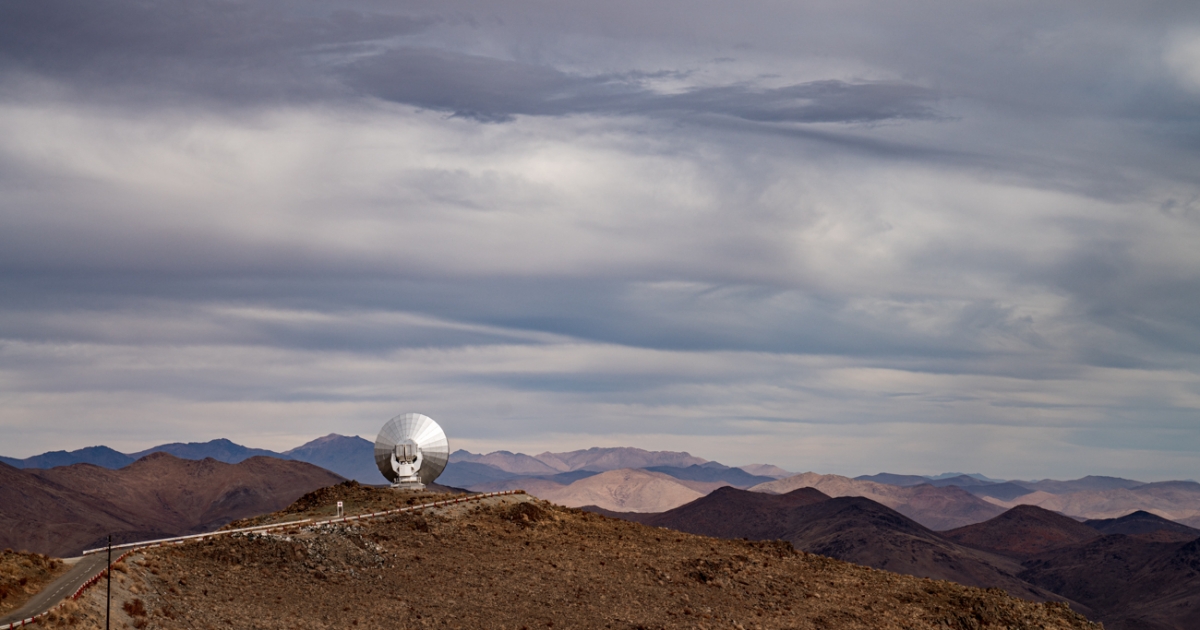Chile
Chile is one of the longest and narrowest countries on the planet, bordering two continents, South America and Antartica. On its north-south length Chile extends a staggering 2,653 mi (4,270 km), but averages only 177 km (110 mi) east to west. Essentially, you can be skiing the dominant Andes in the morning and then surfing the Pacific coastline in the afternoon! But tall mountains, lush vineyards and beautiful beaches aside, its most striking scenery is at night and overhead. Crystal clear skies, no light pollution, dry desert air and the high altitude of the Atacama have made Chile prime real estate for the world’s most sophisticated telescopes and with it a rise in astrotourism for tourists seeking to connect with the night sky.
Project description
We crossed over the Andes from Uspallata in Argentina to Chile and were greeted by stunning switchbacks on the mountain pass in Paso Los Libertadores. The first and most exciting order of business in Chile was a visit to the La Silla Observatory, located on the fringe of the Chilean Atacama Desert, 370 miles (600 km) north of Santiago de Chile, at an altitude of 2400 metres. The observatory is one of the largest in the Southern Hemisphere and was the first in Chile to be used by European Southern Observatory (ESO). We toured the 3.58-metre New Technology Telescope (NTT) and the hunky ESO 3.6-metre telescope, the latter now home to the world’s foremost extrasolar planet hunter: High Accuracy Radial velocity Planet Searcher (HARPS), a spectrograph with unrivaled precision. We stayed a couple nights at Spa Cochiguaz, in Valle Elqui surrounded by mountains on all sides and a stunning sky overhead, one of the best for our eclipse trip. A peaceful location that allowed a few hours of shooting one night before the clouds rolled in and stayed for the remainder of our time.
Pictures

